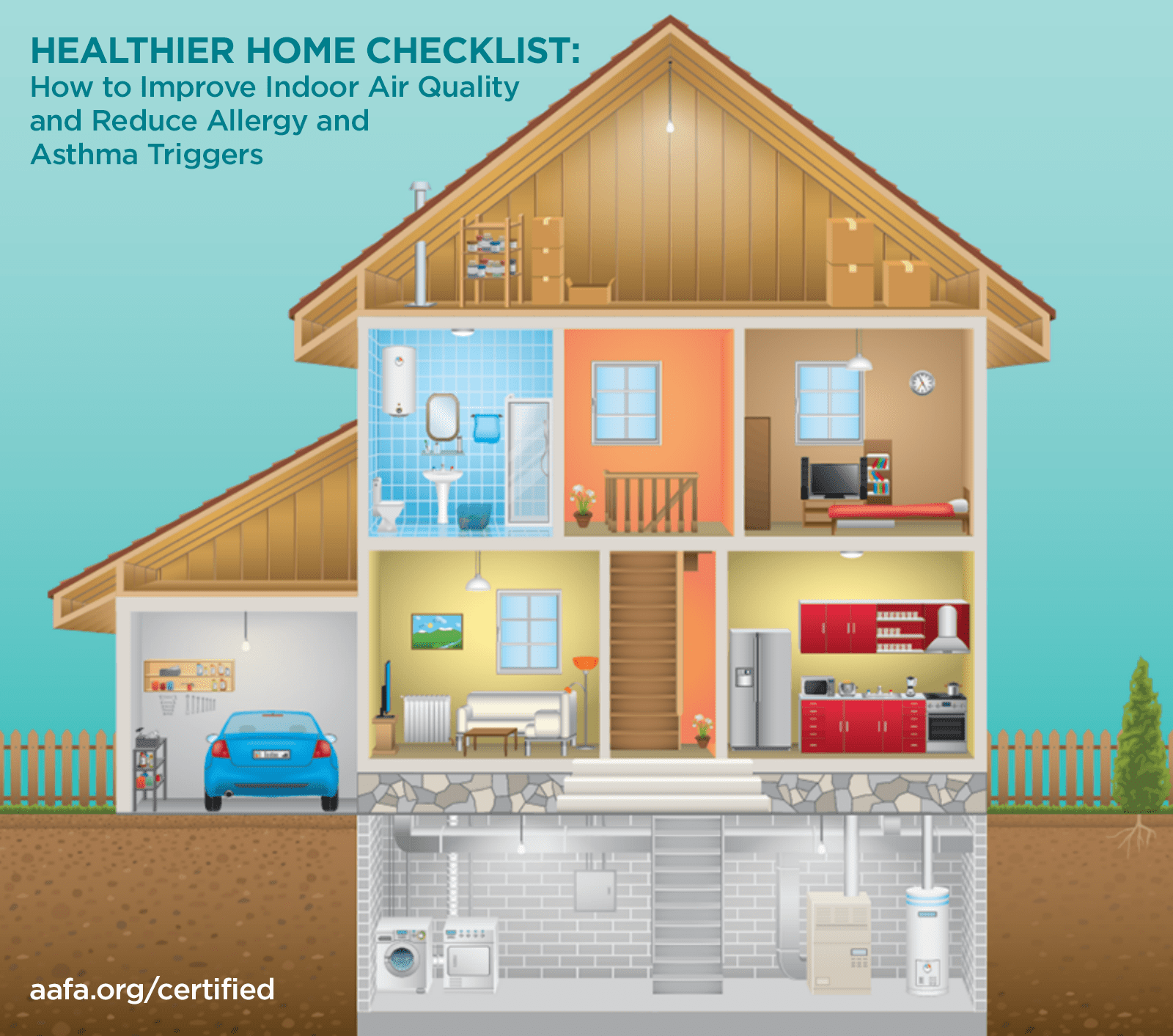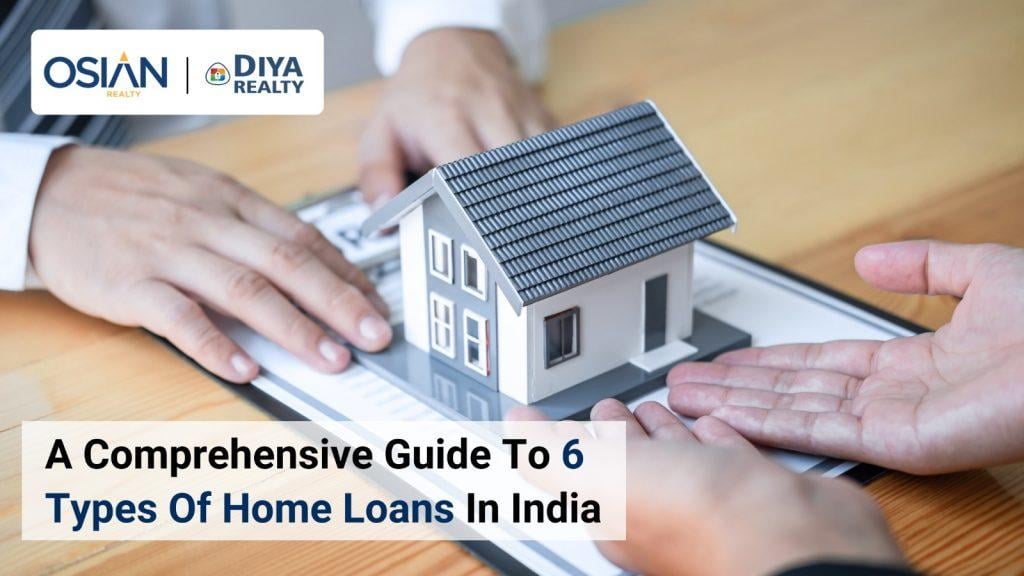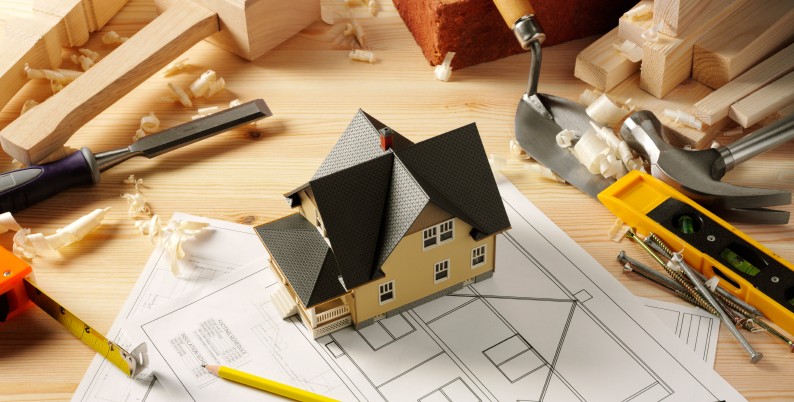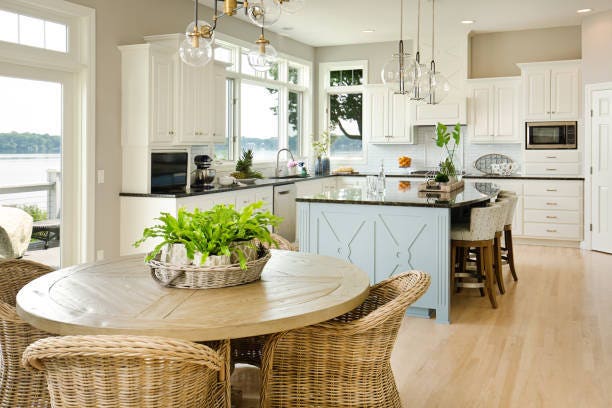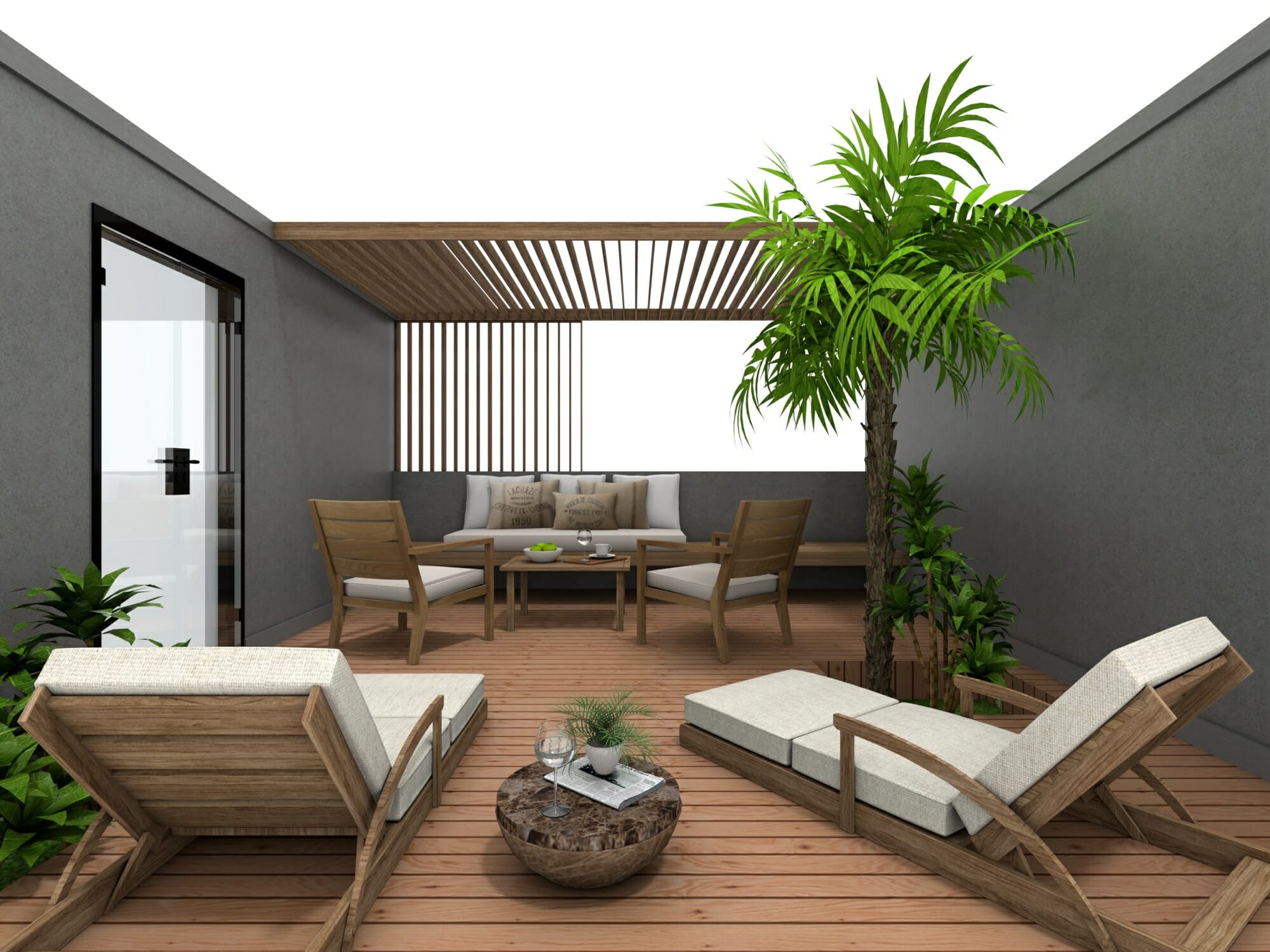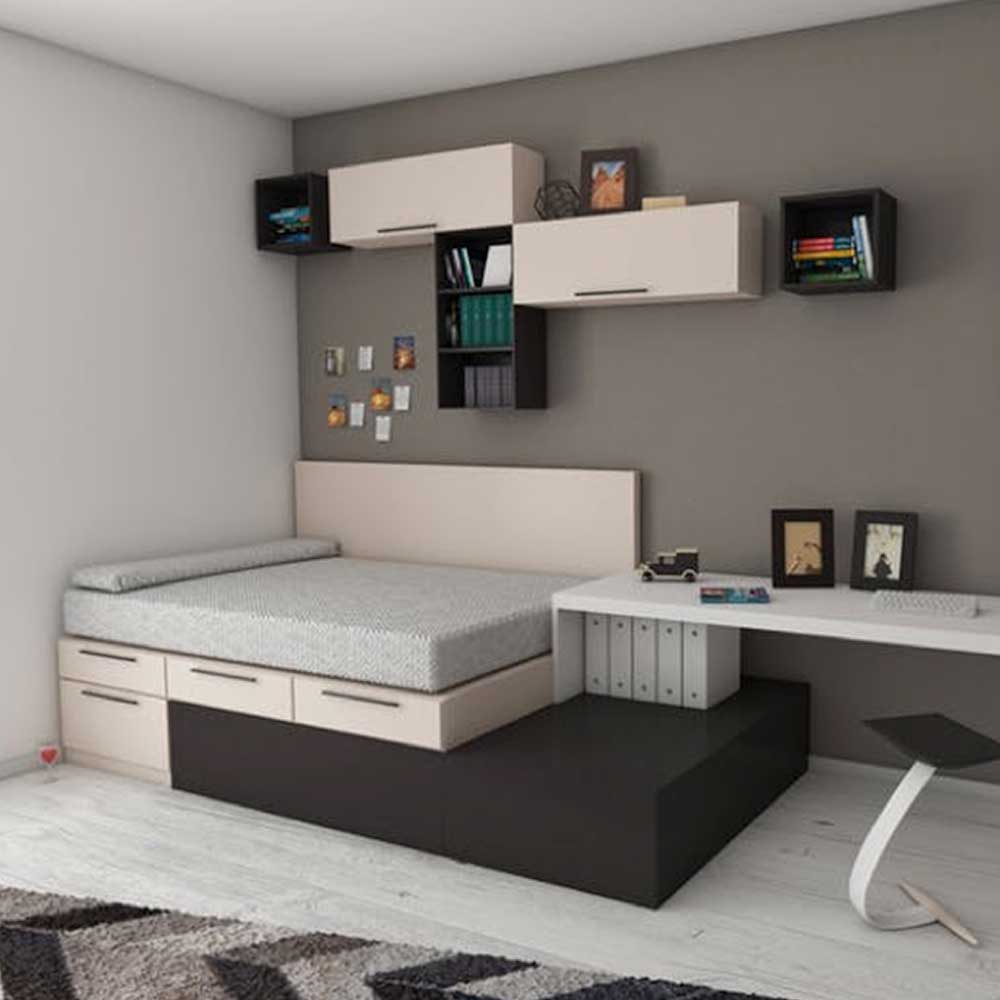Energy-Efficient Home Improvement Ideas for Lower Bills
Contents
- 1 Welcome Readers!
- 2 Introduction
- 3 Strengths and Weaknesses of Energy-Efficient Home Improvement Ideas for Lower Bills
- 4 Frequently Asked Questions (FAQs)
- 4.1 1. Can I undertake energy-efficient home improvements on my own?
- 4.2 2. Will energy-efficient improvements significantly increase the value of my home?
- 4.3 3. How long does it take to recover the initial costs of energy-efficient improvements?
- 4.4 4. Are there any government incentives or tax credits available for energy-efficient home improvements?
- 4.5 5. Can energy-efficient improvements reduce indoor air pollution?
- 4.6 6. Can energy-efficient improvements be retrofitted into older homes?
- 4.7 7. Are there any financial assistance programs available for low-income households?
- 5 Conclusion
- 6 Author
Welcome Readers!
Greetings, readers! In this journal article, we will explore a range of energy-efficient home improvement ideas that can help you reduce your bills while contributing to a more sustainable future. With rising energy costs and increased environmental concerns, it is crucial to adopt practices that enhance the energy efficiency of our homes. By making a few changes and implementing these ideas, you can save money, conserve resources, and create a comfortable living environment.
Introduction
In today’s world, energy efficiency and environmental awareness have become essential. Many homeowners are actively seeking ways to reduce their carbon footprint and lower their monthly energy bills. Energy-efficient home improvements offer a practical and effective solution to achieve these goals. By making smart choices in insulation, lighting, appliances, and more, homeowners can significantly decrease their energy consumption.
1. Insulation:
One of the first steps towards energy-efficient home improvements is ensuring proper insulation. Insulation helps maintain a consistent temperature inside your house, reducing the need for excessive heating or cooling. By insulating your walls, attic, and floors, you can create an airtight environment, minimizing heat transfer and ultimately reducing your energy bills.
2. Efficient Lighting:
Upgrading to energy-efficient lighting options, such as LED bulbs, can have a substantial impact on your energy usage. LED bulbs consume significantly less energy compared to traditional incandescent or fluorescent bulbs, while also lasting much longer. By replacing all your existing lighting fixtures with energy-efficient alternatives, you can enjoy the same quality of lighting while reducing your electricity consumption.
3. Smart Thermostats:
Installing a smart thermostat allows you to have better control over your home’s temperature settings, leading to significant energy savings. These thermostats can be programmed to automatically adjust the temperature according to your schedule, optimizing energy usage when you are away or asleep. By using a smart thermostat, you can maintain a comfortable indoor climate while reducing wasted energy and cutting down on your utility bills.
4. Energy-Efficient Appliances:
Old and outdated appliances can consume excessive amounts of energy. By upgrading to energy-efficient models, you can significantly reduce your energy consumption and save money over time. Look for appliances with high Energy Star ratings, as these have been certified to meet strict energy efficiency standards. From refrigerators to washing machines, energy-efficient appliances offer excellent performance while minimizing their impact on the environment.
5. Solar Panels:
Installing solar panels on the roof of your home is an excellent long-term investment. Solar panels capture the energy from the sun and convert it into electricity, significantly reducing or even eliminating your reliance on the traditional power grid. While the upfront cost can be substantial, the long-term savings and environmental benefits make solar panels a worthy energy-efficient home improvement idea.
6. Efficient Windows and Doors:
Another key aspect of energy-efficient home improvements is the installation of energy-efficient windows and doors. These specialized windows and doors are designed to minimize heat transfer, keeping your home insulated and reducing the need for excessive heating or cooling. By preventing drafts and maintaining a consistent indoor temperature, you can save energy and reduce your utility bills.
7. Renewable Energy Certificates (RECs):
For those unable to install solar panels or other renewable energy systems, purchasing Renewable Energy Certificates (RECs) is a great alternative. RECs represent the environmental benefits of renewable energy production and can be purchased to offset your overall energy consumption. By supporting renewable energy initiatives, you contribute to a cleaner environment and demonstrate your commitment to sustainable living.
Strengths and Weaknesses of Energy-Efficient Home Improvement Ideas for Lower Bills
1. Strengths:
– Energy-efficient home improvements offer long-term cost savings by reducing energy consumption and lowering utility bills.
– They contribute to a more sustainable future by minimizing the environmental impact of your home.
– Energy-efficient improvements enhance comfort and temperature control, ensuring a more pleasant living environment.
– The installation of energy-efficient measures can boost the value of your home and attract potential buyers.
– These practices provide an opportunity to take an active role in reducing greenhouse gas emissions and addressing climate change.
– Energy-efficient homes are generally healthier, with improved indoor air quality and reduced moisture problems.
– Homeowners can potentially benefit from tax credits, grants, or other incentives for implementing energy-efficient home improvements.
2. Weaknesses:
– Initial costs can be high for certain energy-efficient improvements, such as solar panel installation or upgrading appliances.
– Some home improvements may require professional installation, adding to the overall expenses.
– The success and effectiveness of energy-efficient measures can depend on factors like climate, building design, and individual usage patterns.
– Finding reputable contractors and suppliers who specialize in energy-efficient products and services can be challenging.
– Implementing energy-efficient improvements may involve some inconvenience and the need for temporary accommodation or adjustments during the process.
– It is essential to conduct proper research and ensure compatibility with existing home infrastructure before undertaking significant energy-efficient projects.
| Energy-Efficient Home Improvement Idea | Description | Benefits |
|---|---|---|
| Insulation | Ensure proper insulation of walls, attic, and floors. | Reduced heat transfer, lower energy bills. |
| Efficient Lighting | Upgrade to LED bulbs and energy-efficient lighting fixtures. | Lower energy consumption, longer bulb lifespan. |
| Smart Thermostats | Install programmable thermostats for optimized temperature control. | Savings on energy usage, enhanced comfort. |
| Energy-Efficient Appliances | Replace old appliances with Energy Star certified models. | Reduced energy consumption, potential cost savings. |
| Solar Panels | Utilize solar energy to generate electricity for your home. | Significantly lower or eliminate reliance on the power grid. |
| Efficient Windows and Doors | Install energy-efficient windows and doors to prevent heat transfer. | Improved insulation, reduced heating and cooling needs. |
| Renewable Energy Certificates (RECs) | Purchase RECs to offset your overall energy consumption. | Support renewable energy initiatives, reduce environmental impact. |
Frequently Asked Questions (FAQs)
1. Can I undertake energy-efficient home improvements on my own?
While some improvements can be tackled as DIY projects, it is crucial to assess your skills and knowledge before attempting any major changes. For complex projects like solar panel installation or window replacement, it is recommended to consult professionals who specialize in these areas.
2. Will energy-efficient improvements significantly increase the value of my home?
Energy-efficient upgrades have the potential to increase your home’s value, as they are becoming increasingly desirable among potential buyers. Having an energy-efficient home demonstrates your commitment to sustainability and can be an attractive selling point.
3. How long does it take to recover the initial costs of energy-efficient improvements?
The payback period for energy-efficient upgrades varies depending on the improvement, initial costs, and energy savings achieved. While some improvements may offer immediate returns, others may take several years to recover the investment. Nonetheless, the long-term cost savings and environmental benefits make these improvements worthwhile.
4. Are there any government incentives or tax credits available for energy-efficient home improvements?
Many governments and utility companies offer incentives, tax credits, or grants to encourage homeowners to adopt energy-efficient practices. Research local programs and consult with relevant authorities to determine the incentives available in your area.
5. Can energy-efficient improvements reduce indoor air pollution?
By implementing energy-efficient measures like proper insulation and efficient ventilation systems, you can improve indoor air quality. These improvements help reduce the infiltration of outdoor pollutants and provide better control over ventilation, creating a healthier living environment for you and your family.
6. Can energy-efficient improvements be retrofitted into older homes?
Absolutely! Energy-efficient improvements can be retrofitted into older homes. In fact, upgrading an older home with energy-efficient measures can have a significant impact on energy consumption and comfort. Consult with professionals who specialize in retrofits to determine the most suitable improvements for your home.
7. Are there any financial assistance programs available for low-income households?
Many regions offer financial assistance programs for low-income households, specifically targeting energy-efficient home improvements. These programs aim to make energy-saving upgrades more accessible and affordable for those who need it most. Contact local government or community organizations to inquire about such assistance programs.
Conclusion
In conclusion, embracing energy-efficient home improvement ideas offers a multitude of benefits, including reducing your bills, minimizing environmental impact, and creating a more comfortable living space. From simple changes like upgrading lighting fixtures to more significant investments such as solar panels, every step towards energy efficiency counts. By implementing these ideas, you become an active participant in efforts to combat climate change and ensure a sustainable future for generations to come.
So why wait? Start making energy-efficient improvements in your home today and reap the rewards for years to come!
Disclaimer: The information provided in this article is for informational purposes only. It is important to consult professionals and conduct thorough research before undertaking any energy-efficiency projects. The author and publisher are not liable for any damages or losses arising from the use of this information.
